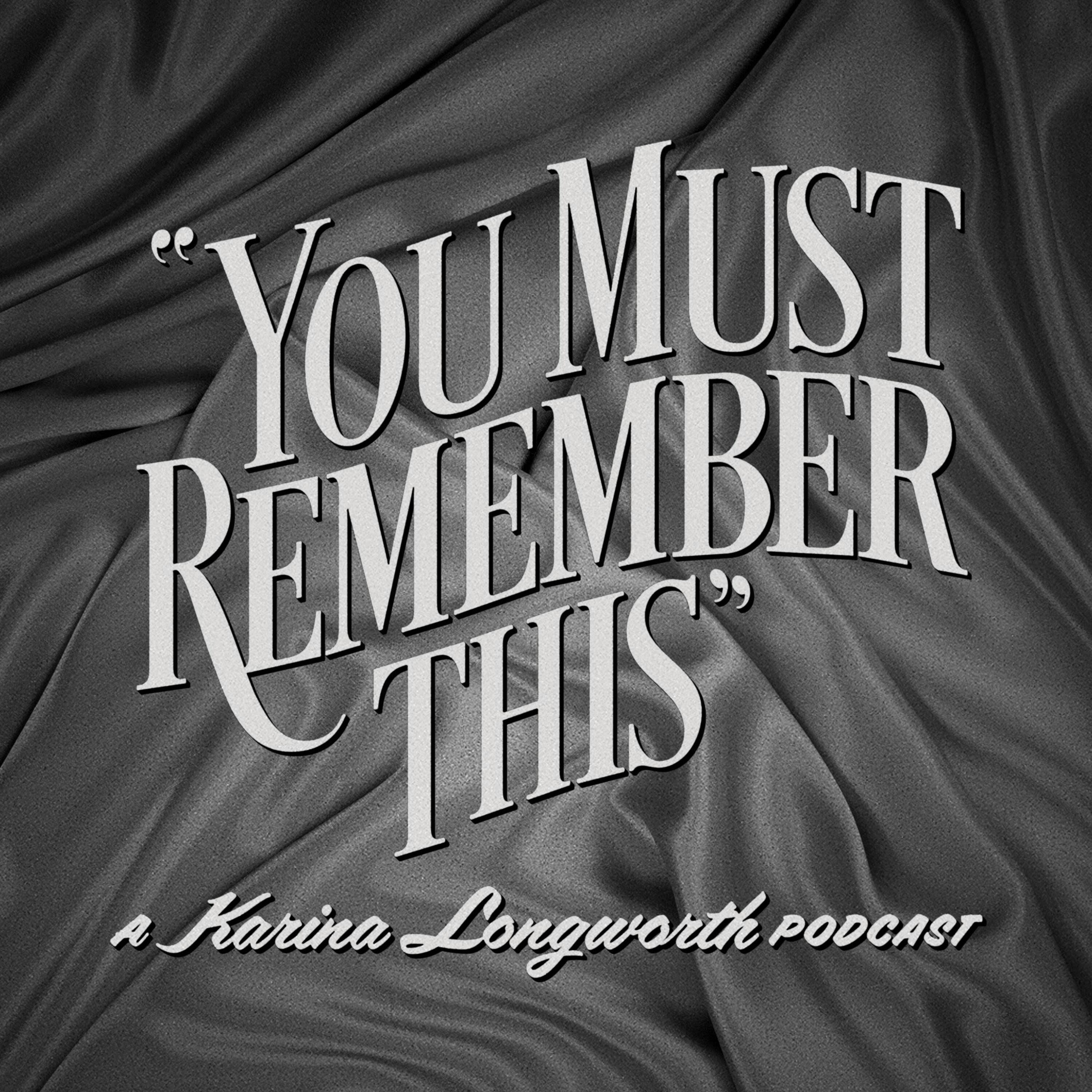We can't find the internet
Attempting to reconnect
Something went wrong!
Hang in there while we get back on track

Access AI content by logging in
In May 1938, the Independent Theater Owners Association published a full-page paid editorial in The Hollywood Reporter, branding a number of big stars — including Mae West, Marlene Dietrich, Greta Garbo, Joan Crawford, Katherine Hepburn and others — as “poison at the box office,” and urging the studios to cut their ties to expensive names who no longer had the drawing power they once did at the box office, in part because they symbolized a type of glamour which seemed, in 1938, to be falling out of fashion. All of the above named stars, while damaged by the bad press in the moment, went on to make “comeback” movies that helped to cement their legacies. That wasn’t the case for another actress mentioned in the ad, Kay Francis, who in 1938 was still Warner Brothers’ highest paid star — even though she had tried to sue the studio the previous year for casting her in too many bad movies. After roaring her way through New York in the 1920s as a flapper it girl, Kay Francis hit her career peak in 1932, the year she starred in Ernst Lubitsch’s Trouble in Paradise, but eventually she essentially lost her spot in the movie star firmament to Bette Davis. Today we’ll talk about the idea of box office poison, trace how and why Kay Francis became the embodiment of the meeting of 1930s movie star glamour and a devil-may-care pursuit of pleasure that marked pre-Code Hollywood, and explain why that magical combination wasn’t long for the world of the studio star system.
To learn more about listener data and our privacy practices visit: https://www.audacyinc.com/privacy-policy
Learn more about your ad choices. Visit https://podcastchoices.com/adchoices
